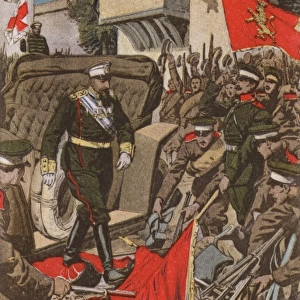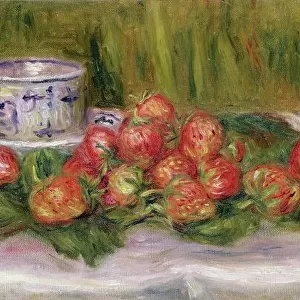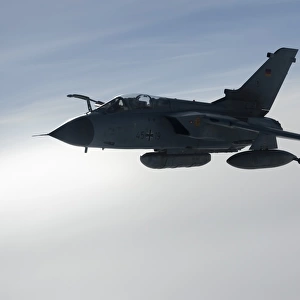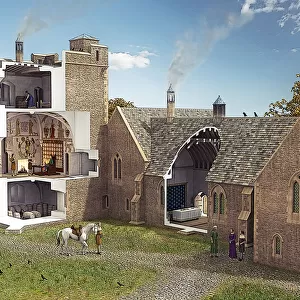Deima fastosum, holothurian echinoderm
![]()

Wall Art and Photo Gifts from Mary Evans Picture Library
Deima fastosum, holothurian echinoderm
Illustration of a Holothurian echinoderm from Report on the Holothuroidea dredged by H.M.S. Challenger, 1872-1876
Mary Evans Picture Library makes available wonderful images created for people to enjoy over the centuries
Media ID 8611350
© Mary Evans Picture Library 2015 - https://copyrighthub.org/s0/hub1/creation/maryevans/MaryEvansPictureID/10711914
Challenger Cucumber Cucumis Cucurbitaceae Cucurbitales Discovery Echinoderm Echinodermata Eudicot Eurosid Fabidae Hms Challenger Melon Angiospermae Cucumis Sativus Dicot Dicotyledon Holothurian Holothuroidea Invertebrata Magnoliophyta
EDITORS COMMENTS
This illustration showcases Deima fastosum, an intriguing holothurian echinoderm, or sea cucumber, discovered during the HMS Challenger expedition (1872-1876). The Challenger, a British research vessel, embarked on a groundbreaking mission to explore the world's oceans and expand the scientific understanding of marine life. Deima fastosum, with its elongated body and distinctive features, is a member of the Holothuroidea order, part of the larger Echinodermata phylum. Its appearance bears a striking resemblance to a melon or a cucumber, earning it the common name "cucumber sea cucumber." This echinoderm's body is covered in tiny tube feet, which help it move along the ocean floor and filter feed on detritus and microorganisms. The illustration also features a flowering plant, most likely a member of the Cucurbitaceae family, such as a cucumber (Cucumis sativus) or a melon. The presence of this angiosperm, a dicot, in the illustration may suggest that the artist was inspired by the similarities between the sea cucumber and these common fruits. The Eudicot clade, to which the Cucurbitaceae family belongs, is a significant group within the Angiospermae, or flowering plants. The Magnoliophyta division, which includes both angiosperms and echinoderms, is a major branch of the plant and animal kingdoms, respectively. This illustration serves as a testament to the remarkable discoveries made during the HMS Challenger expedition, which not only expanded our knowledge of the marine world but also showcased the intricate connections between different branches of the natural world.
MADE IN AUSTRALIA
Safe Shipping with 30 Day Money Back Guarantee
FREE PERSONALISATION*
We are proud to offer a range of customisation features including Personalised Captions, Color Filters and Picture Zoom Tools
SECURE PAYMENTS
We happily accept a wide range of payment options so you can pay for the things you need in the way that is most convenient for you
* Options may vary by product and licensing agreement. Zoomed Pictures can be adjusted in the Cart.








